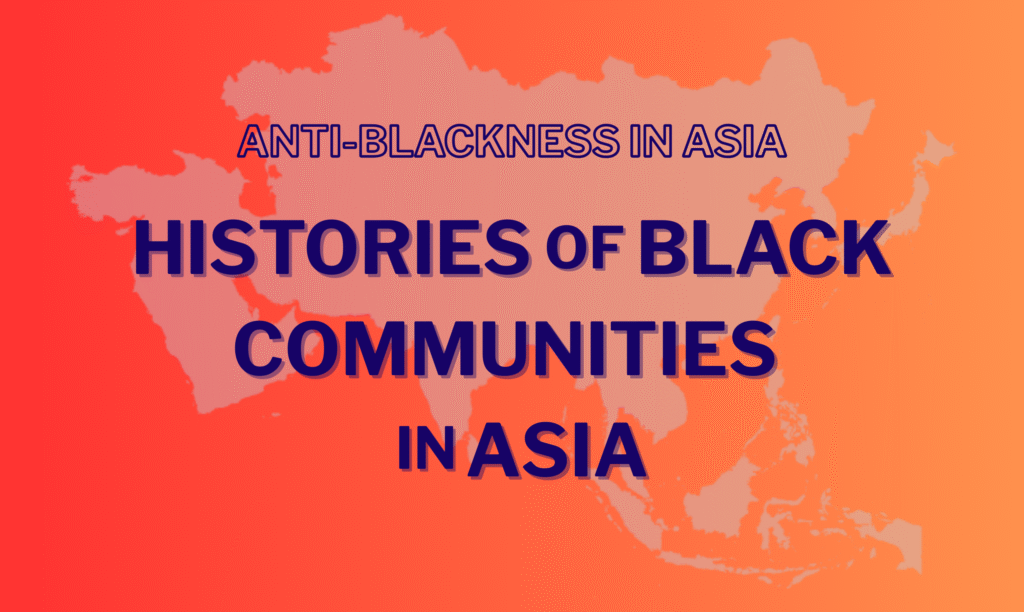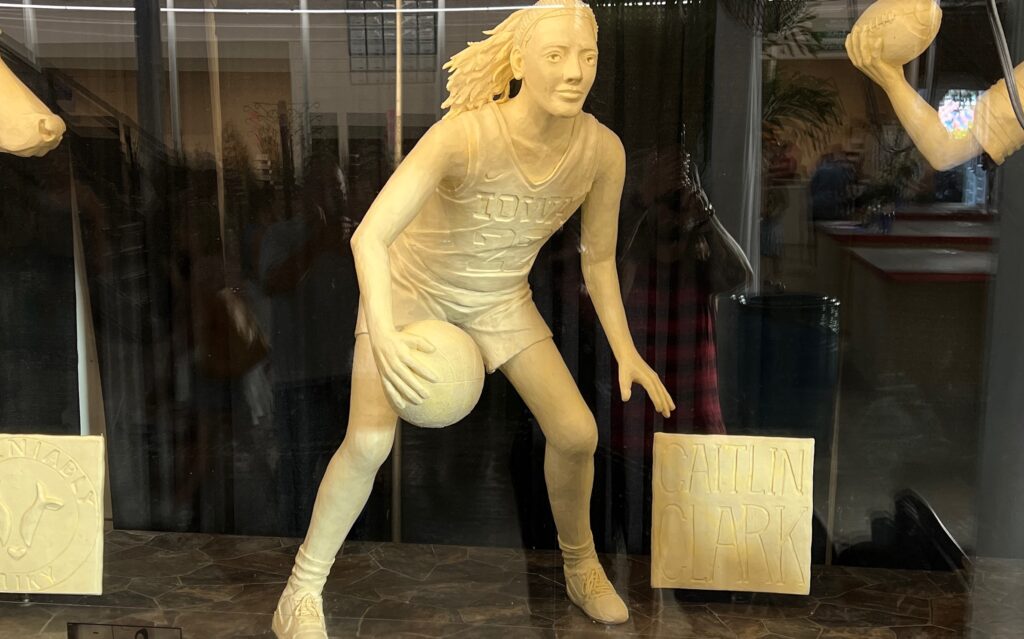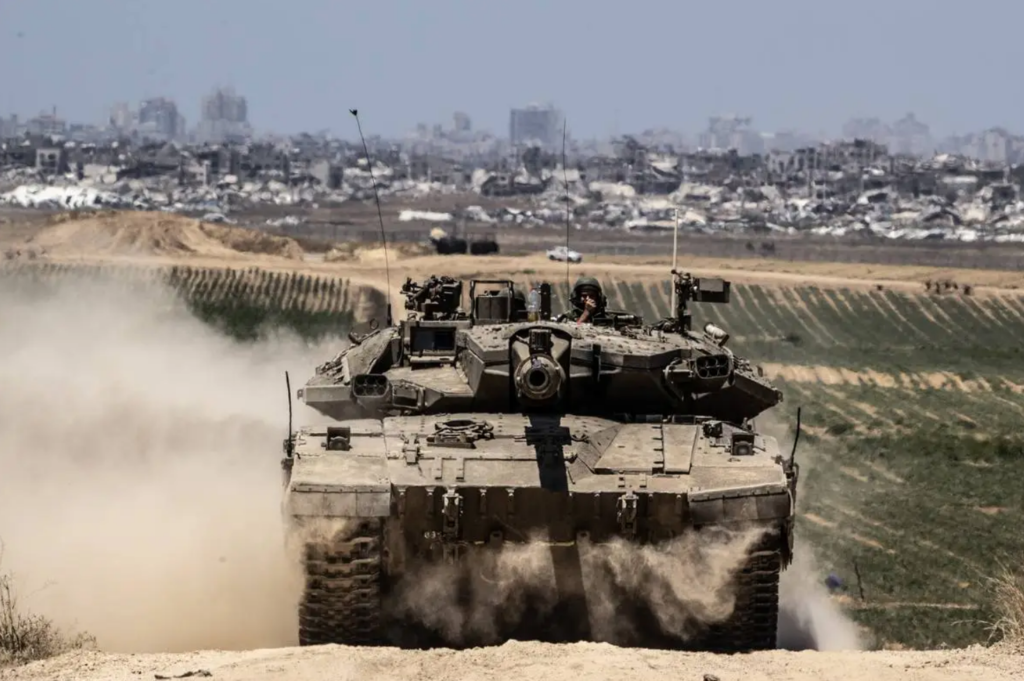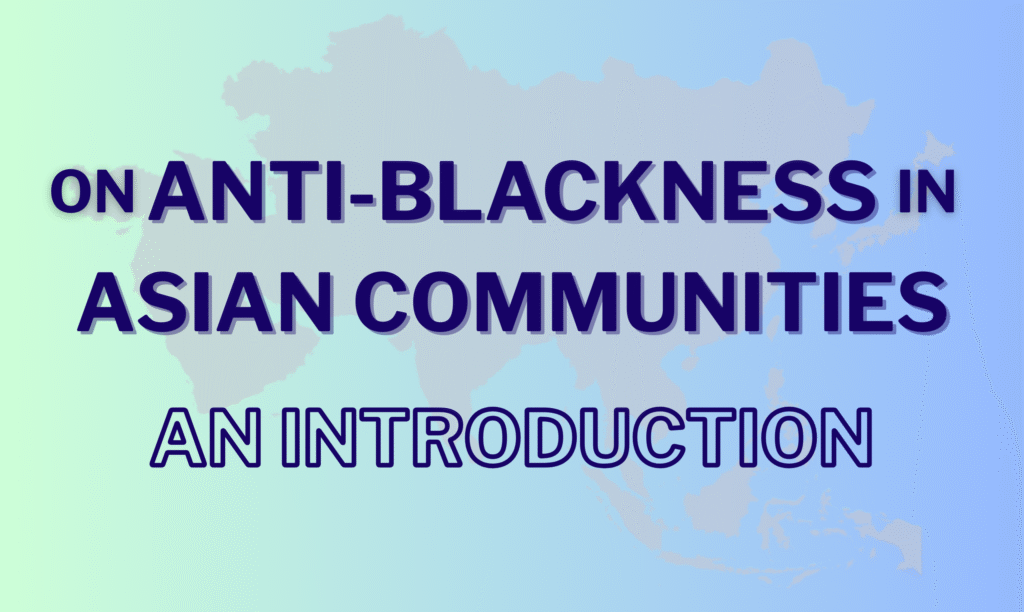Part III in my series on genocide, climate injustice, and eco-colonialism in Palestine
Today is Nakba Day, the anniversary of May 15, 1948, when over 750,000 Palestinians were ethnically cleansed and over five hundred Palestinian villages were destroyed in the name of Zionism. The Nakba (meaning “catastrophe”) is a continuing rather than a singular event, which we can see play out only too clearly in Israel’s current escalation of genocidal violence. So for Nakba Day, I want to talk about one of Israel’s longest-running forms of eco-colonialism: using trees as weapons of Zionism.
Trees are an important part of how we respond to climate change because of their ability to absorb carbon dioxide through photosynthesis. That carbon is then kept from being emitted into the atmosphere, where it would add to the greenhouse gas effect that warms the planet and increases climate change. Deforestation (cutting down trees) and afforestation (planting new trees) are therefore both important factors in climate change.
I do want to note that in Israel and occupied Palestine, the land use changes from deforestation and afforestation likely do not have a huge carbon impact because of their relatively small scale. But this is where climate injustice is not solely related to the amount of carbon involved, because Israel uses trees as weapons of Zionism and colonization, claiming a climate benefit to disguise their eco-colonialism.
This is the third post in my series on eco-colonialism, climate injustice, and genocide in Palestine. Thanks so much to Stephanie Noren, James Williams, Emily Pinckney, Brittney Miller, and Neiko Alvarado for your collaboration and invaluable feedback.
We inherited trees
with roots uprooted,
trees planted
far from their original orchards
in dirt damp with blood and tears.
from “We Inherited Trees”, by Iman Alzghari
Tree planting as colonization
Two of Zionism’s most potent lies, which work closely together, are a) that Palestine was essentially empty land before Zionist settlers arrived, and b) that these settlers rescued that land and “made the desert bloom” through their afforestation and agricultural practices. Both of these ideas rely on the assumption of “Terra Nullius” or “nobody’s land”, a concept that animates most settler colonies in history and erases the very real sovereignty of Indigenous populations before those settlers arrived.
In truth, both of these lies have been thoroughly debunked. From Theodore Herzl’s colonial ambitions (including the infamous letter he wrote to Cecil Rhodes seeking his endorsement for Zionism) to the admissions of early Israeli generals like Moshe Sharett that Zionists had “not come to an empty land to inherit it, but [had] come to conquer a country from people inhabiting it”, it is clear that Palestine was in no way a “land without a people” before the arrival of Zionist settlers.
The idea of making the desert bloom is equally false. In fact, before Israel was created, Palestinians were already cultivating the majority of the land where Israeli agriculture now is sited. But where I want to focus is on Israel’s afforestation of stolen Palestinian land as a form of eco-colonialism. Keren Kayemeth LeIsrael-Jewish National Fund (KKL-JNF), which is Israel’s largest private landowner, owns 13% of Israeli territory; their work includes founding Israeli settlements, developing the land for agriculture, and tree planting and forest management, including the Yatir Forest, which was planted in the 1960s. KKL-JNF claims that their forests act as carbon sinks and prevent desertification.
Palestinian environmental leaders counter that KKL-JNF’s claims are greenwashing to obscure the fact that much of KKL-JNF’s tree planting covers up the ruins of Palestinian villages that have been ethnically cleansed over the past 75 years. As recently as 2015, Israel’s Supreme Court forcibly evicted 1,000 Palestinian Bedouin residents of two Negev villages, Atir and Umm al-Hiran, to make way for both new Israeli settlements and expansion of the Yatir Forest. In 2022, Bedouin residents strongly protested the tree-planting in the Negev, but as of January 2023, KLK-JNF still planned to move forward with their afforestation work.
Political scientist Ghada Sasa points out that Israel’s protected forest spaces – what she identifies as “green colonies” – are situated specifically in places where Palestinians reside, since these forests are then “protected” from any kind of Palestinian development or use of the land, even as the Israeli government can raze parts of the forests if it is profitable. The green colonies are also used to stymy the return of Palestinian refugees to their pre-1948 homes. As Nakba-expert and researcher Salman Abu-Sitta emphasizes, the Palestinian Right to Return is entirely practicable, because, due to urbanization in Israel, the vast majority of Israelis live on only a small portion of the land that was Palestine before 1948. The remainder of that land is largely occupied by the Israeli military and by these green colonies, another tactic to prevent Palestinians from returning.
The true climate benefit of forests like the Yatir Forest is also unclear, as there is evidence to suggest that global warming has actually increased as a result of the afforestation, since the darker trees absorb more solar radiation than the lighter colors of the desert that previously reflected heat back to space. The majority of the trees that KKL-JNF plants are non-native and don’t seem to regenerate without irrigation, potentially limiting the lifetime of the forest, and have wiped out existing desert ecosystems and protected species.
Destruction of trees through Zionist violence
Israel also belies its commitment to afforestation as climate action by destroying the trees that are important to Palestine and its people. We can see this through the destruction of both olive trees and orange trees.
Olive trees
Palestine is home to some of the oldest olive trees in the world, including some that are between 2,000 and 5,500 years old. Olives historically have been Palestine’s primary crop, currently making up 14% of Palestine’s economy and providing the primary source of income for hundreds of thousands of Palestinians who run small family-owned farms.
Despite the economic, cultural, and environmental value of olive trees, which are drought-resistant and native to the area, Israeli authorities and settlers have illegally uprooted more than 800,000 olive trees since seizing control of the West Bank and Gaza in 1967. In the first five months of 2023 alone, illegally-settling Israelis in the West Bank damaged 5,000 trees in Palestinian villages; over 13,000 Palestinian olive trees were damaged by Israeli settlers in 2022. Palestinians are also frequently denied permits for things like pruning, plowing, or fertilizing to keep their trees alive.

These dynamics have only intensified in the past since Israel’s most recent escalation in genocidal violence. Around five hundred Palestinians in the West Bank and East Jerusalem have been killed by Israeli occupying forces since October 7 and over a thousand driven out of their homes, despite Israel’s claims that they are only targeting Hamas (which has no presence in the West Bank), and many whole communities have been forcibly displaced. And during last year’s olive harvest – generally a time of disproportionate violence by Israeli armed forces and settlers against Palestinians in the West Bank – Palestinian farmers in the West Bank reported not being able to access their land at all under threat of death by the Israeli army.
Many farmers were killed by Israeli soldiers or settlers, including Bilal Mohammed Saleh from the village of As-Sawiya, who was shot dead on October 28 in front of his family by an Israeli settler while Saleh was picking olives on a part of his family’s land that did not require a permit from the military to access. On November 13, journalists from NPR shared a harrowing story of accompanying Palestinian farmer Ayoub Abuhejleh to his land: despite the fact that they did not pass through any visible barriers to entry, nor saw any signs prohibiting entrance, they were still threatened at gunpoint by Israeli soldiers, and Abuhejleh was detained for hours of questioning.
Not only did 40% of Palestinian olive trees go unharvested in the 2023-2024 season due to Israeli restrictions, intimidation, and violence, causing huge financial losses for farmers, but approximately 9,850 olive trees were destroyed, amidst continuing violence to Palestinians in the West Bank and land grabs by Israeli settlers when Palestinians flee that violence.
Orange trees
In Environmental Warfare in Gaza, political science and human rights scholar Shourideh C. Molavi analyzes the disappearance of the Palestinian orange trees since Zionist colonization began. Palestinian oranges have been cultivated and sold for centuries, including the famous Jaffa orange, and like olive trees, oranges have become a symbol of Palestinian culture and resistance.
In and after 1948, the majority of Palestinian orange groves in and around Jaffa were stolen by Zionist settlers, but Gaza initially retained most of its orange orchards. However, even before October 7, 2023, Gazan orange orchards had shrunk over the decades because of a combination of factors, including overcrowding as refugees from other parts of Palestine were forced into Gaza; Israeli government pushes for Palestinians to not cultivate crops that would compete with Israeli exports; Israeli denial of permits for Palestinian farmers to replace trees; Palestinian loss of land as Jewish settlements were built in Gaza (and when these settlements were vacated in 2005, much of the land was too damaged to replant citrus trees); lack of stability for farmers to care for their orchards amidst frequent Israeli bombing campaigns; and Israeli border control measures. In particular, Molavi traces how the highly militarized Gaza-Israel border impacted agriculture:
“By 2018, Al Mezan Center for Human Rights reported that, according to farmers, the razing activities of the Israeli occupation forces in the eastern border area have forced them to plant crops no taller than 40 centimeters. The objective, to maintain optimal security and surveillance of the ‘border’ area, is also a central reason for which crop-killing herbicides were sprayed by the Israeli army along this terrain. Maintaining a flat landscape without trees prevents Palestinian resistance fighters from mobilizing a terrain of relative invisibility as part of their confrontation with the occupation and…enables the occupation forces to exercise power against Palestinians from a distance. A kind of flattened, horizontal panopticon, the entire restricted ‘border’ area is rendered a space of permanent visibility, inducing a state of conscious observation among colonized subjects.” (p. 33)
Farmers working within the parts of Gaza near the border were frequently shot at by Israeli snipers. And Molavi’s own field research (in her role as Researcher-in-Charge at Forensic Architecture, a research agency based at Goldsmiths, University of London) uncovered how Israel has used herbicide as a weapon of war: for years, Israeli occupation forces aerially sprayed herbicides, ostensibly for plants within the actual border zone, but before spraying, they tested the wind to make sure that it blew in the direction of Gaza, often impacting crops deep within Gaza. While Israeli-Jewish farmers near the border were compensated for any agricultural damage they faced from the aerial herbicide spraying, Palestinian farmers were not.
And as with every other dynamic of oppression I’ve discussed, this destruction has only escalated since October 7, constituting ecocide. Continued analysis by Forensic Architecture shows that as of March 2024, approximately 40% of the land in Gaza that was used for food production before October 2023 has been destroyed by Israel’s bombing and ground invasion, including remaining orange groves. Israel has also systematically targeted agricultural infrastructure, destroying almost one-third of Gaza’s greenhouses overall and 90% of the greenhouses in northern Gaza specifically.
Next week, I’ll talk more about how Israel’s military occupation forces and their war on Palestinians relates to climate change apart from their destruction of agricultural sites.
Mutual Aid Request
This newsletter will never be monetized, but I believe that mutual aid is one of the ways we can build community and support the folks who need it the most. If you like my writing, please consider giving; even just a few dollars (or whatever currency you’re paying in) can help.

Dareen Alramli and her family used to run a chicken farm in Gaza, but it was completely destroyed by Israeli bombing, along with their home. Since then they have been displaced six times and are now in Rafah, split between living in a garage and a tent in the Almawasi refugee camp. Please help Dareen and her family escape genocide.







